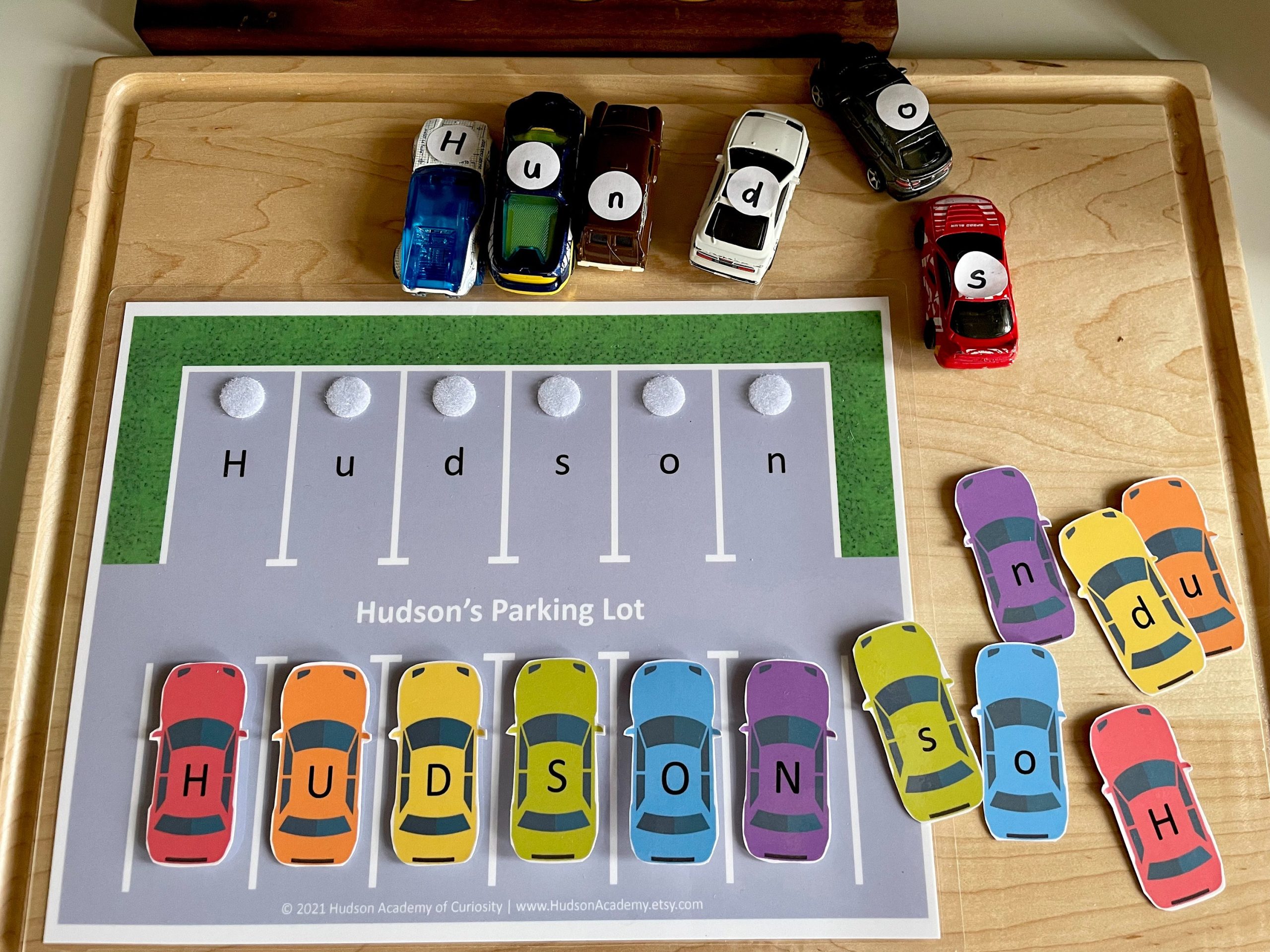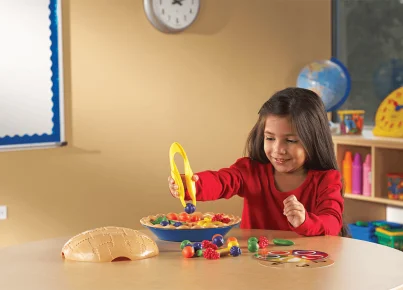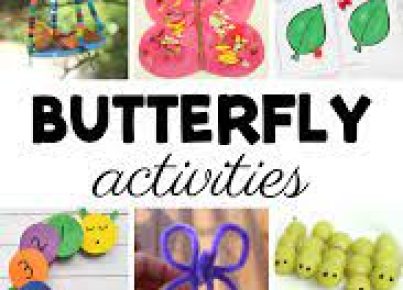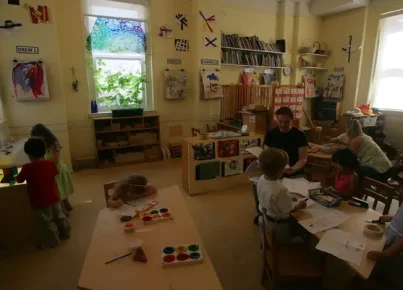In the quest for educational effectiveness, early childhood educators are continuously seeking strategies to engage young learners in a meaningful and dynamic way. One such tool that has proven to be exceptionally beneficial is the incorporation of hands-on learning folders into the classroom environment. These tactile resources are not just an enrichment activity but a necessity for nurturing foundational skills in children during their formative years.
Hands-on learning folders, also known as interactive or activity folders, are exactly what they sound like – they are folders filled with interactive activities that children can engage with directly. These folders contain tasks that cover a range of skills such as fine motor development, letter and number recognition, shape and color identification, and basic literacy and numeracy work.
The key advantage of using hands-on learning folders is their adaptability; educators can craft them to suit different educational objectives and individual learning levels. For instance, a folder aimed at improving fine motor skills may include lacing cards or puzzles, while another intended for literacy might have matching letters to pictures or simple word building activities with Velcro letters.
One fundamental aspect that makes hands-on learning folders a must-have in an early years classroom is the way they support active learning. Young children learn best when they can manipulate objects and explore concepts with their senses. By using these folders, children are no longer passive recipients of knowledge but active participants in their own learning process. This engagement is crucial for promoting long-term retention of knowledge.
Another significant benefit comes from the folders’ intrinsic motivation factor. The vibrant colors, varied textures, and interactive elements make the learning experience enjoyable and interesting for the children. When students are intrinsically motivated, they are more likely to participate enthusiastically and sustain attention on tasks longer.
Hands-on learning folders also provide opportunities for differentiation which is vital in a diverse classroom setting where pupils are at varying developmental stages. Educators can easily customize the contents of each folder to cater to the needs of individual students or small groups, thereby offering an inclusive approach that allows every child the opportunity to thrive.
Moreover, these adaptable tools offer a form of informal assessment. As children interact with the activities within these folders, teachers can observe and gauge where each student excels or struggles. This real-time feedback helps educators tailor future lessons and provides valuable insights into the progress each child is making.
Lastly, hands-on learning folders are not only functional during school hours but also serve as excellent take-home resources. Involving families in their child’s education is pivotal, and these folders make it easy for parents to understand what their child is learning and how well they’re doing.
In conclusion, incorporating hands-on learning folders into an early years classroom enhances the educational experience significantly by supporting active engagement, motivating through play-like activities, allowing individualized instruction, facilitating assessment, and bridging school-to-home learning continuity. It is evident that in creating an environment where young learners are excited about education, hands-on learning folders are indeed an indispensable tool.





